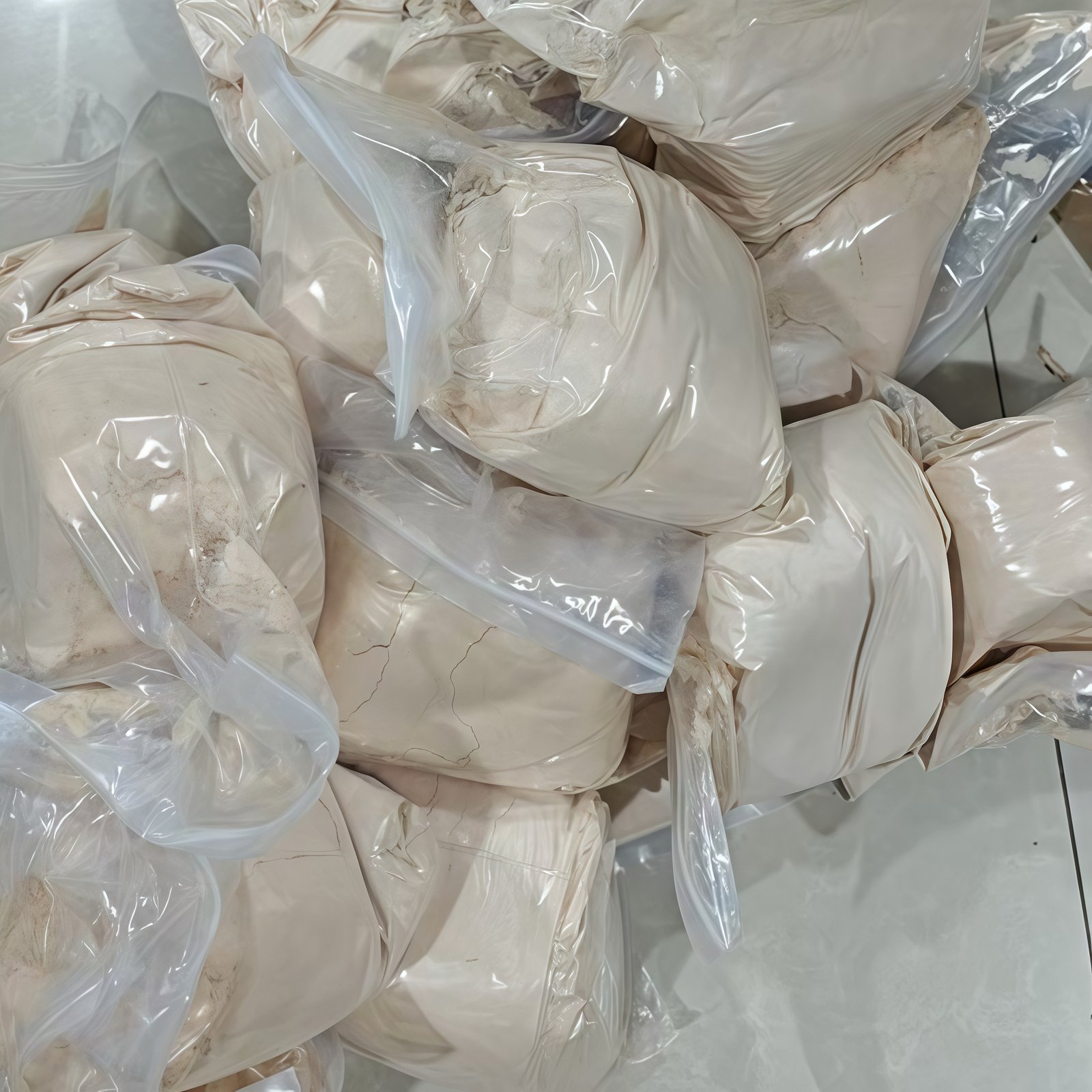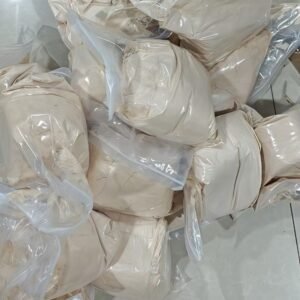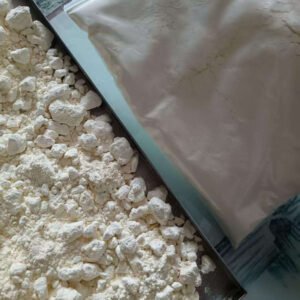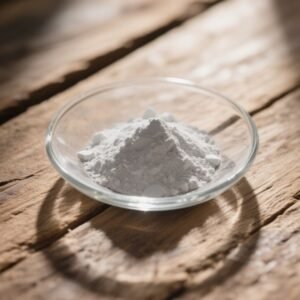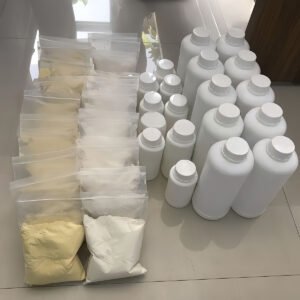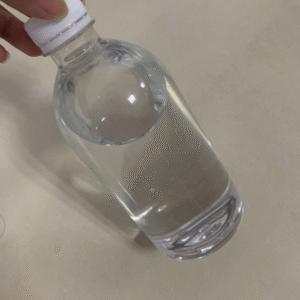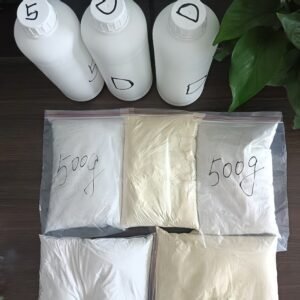Properties of 1H-Indol-3-yl(naphthalen-1-yl)methanone
1H-Indol-3-yl(naphthalen-1-yl)methanone (also known as 1-(1H-Indol-3-yl)-1-naphthalenylmethanone) is an organic compound belonging to the class of aryl ketones with a fused indole and naphthalene structure. Its molecular formula is C₁₉H₁₃NO, and it has potential applications in medicinal chemistry and material science due to its unique structural features.
Physical Properties:
-
Molecular Weight: 271.31 g/mol
-
Appearance: Likely a yellow to light brown crystalline solid (exact color may vary based on purity).
-
Melting Point: Estimated ~150–200 °C (exact value depends on polymorphic form).
-
Solubility:
-
Soluble in organic solvents (DMSO, DMF, chloroform, dichloromethane).
-
Poorly soluble in water due to its aromatic hydrophobic structure.
-
-
Boiling Point: Not well-documented (likely decomposes upon strong heating).
-
Spectroscopic Data:
-
IR Spectrum: Expected strong C=O stretch (~1650–1700 cm⁻¹).
-
NMR (¹H & ¹³C): Aromatic protons (δ ~7–9 ppm), indolic NH (~δ 10–12 ppm).
-
Chemical Properties:
-
Reactivity:
-
The carbonyl group (C=O) is electrophilic and may undergo nucleophilic addition or reduction (e.g., to form alcohols).
-
The indole NH can participate in hydrogen bonding or deprotonation under basic conditions.
-
May undergo electrophilic aromatic substitution (EAS) on the naphthalene or indole rings.
-
-
Photophysical Properties:
-
Likely exhibits fluorescence due to extended π-conjugation (potential use in optoelectronic materials).
-
-
Stability:
-
Stable under inert conditions but may degrade under prolonged light/heat exposure.
-
Applications & Research Interest:
-
Medicinal Chemistry:
-
Similar structures are explored for kinase inhibition, anticancer, or antimicrobial activity.
-
-
Material Science:
-
Potential use in organic semiconductors or fluorescent probes due to its conjugated system.
-
Safety & Handling:
-
Toxicity: Limited data; handle with standard precautions (avoid inhalation, skin contact).
-
Storage: Store in a cool, dark place under inert atmosphere if sensitive to oxidation.

